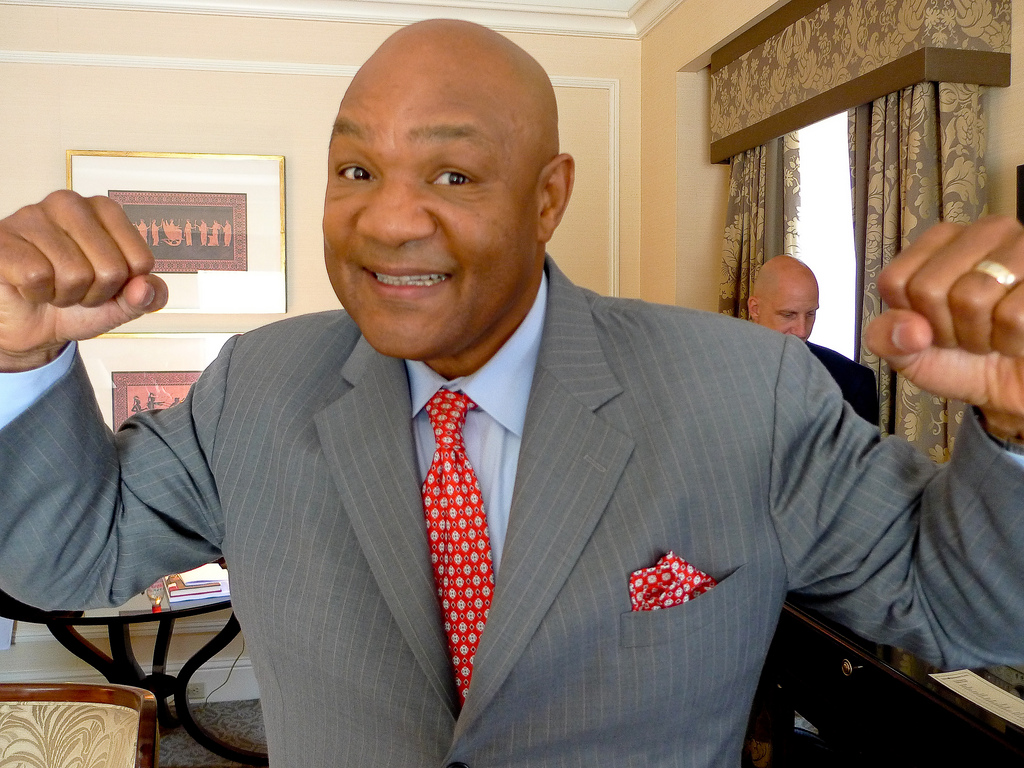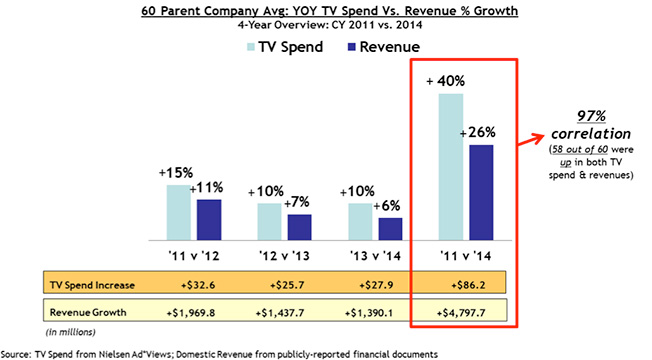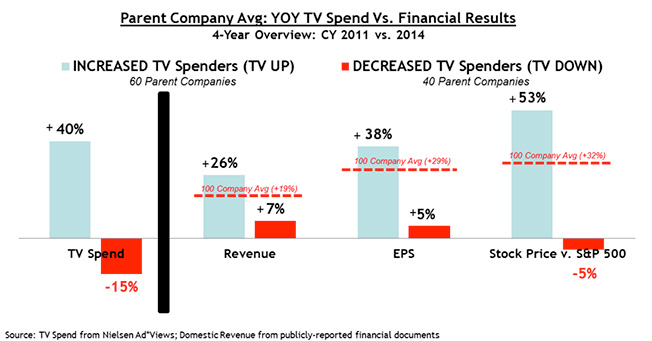In the 80’s and 90’s, infomercials were the king of long-form advertising. The ThighMaster, the George Foreman Grill, Bowflex, and the unforgettable Richard Simmons all leveraged this novel (at the time) TV advertising strategy to stand out from the traditional :30 commercial. And it worked! Did you know the Total Gym exercise machine has achieved over $1 billion in sales!? See more of the most successful products advertised by infomercial here.
What is it about infomercials that worked? Rohit Bhargava, CEO of Influential Marketing Group, boils it down to five key points:
- They provide a backstory for the product and the company behind it.
- They demonstrate how to use the product and how it performs while being used.
- They incorporate long testimonials from users of the product.
- They include a specific offer. This offer typically includes a product bundle, increasing the perceived value of the offer.
- They give a strong reason to act now. “Call within the next fifteen minutes and we’ll double your discount. AND we’ll throw in a shiny add-on accessory for FREE!”
Now ask yourself, “When was the last time I sat and watched an entire infomercial?” Odds are you don’t remember the last time, if you ever have at all.
Now ask yourself, “When was the last time I let a video auto-play in my Facebook News Feed?” Odds are you’ve watched one in the last week, if not today! (This study by Business Insider is an incredibly insightful look at the data behind native Facebook video and how it is taking over YouTube for branded videos. I’ll be diving deeper into this in a later post.)
Long-form advertising has overtaken the outdated infomercial as a new way to reach consumers. The definition of long-form advertising varies greatly, but generally speaking we’re talking about a video ad that exceeds the :30 spot, or written content expanding beyond a 1,000 word count. It’s a way to differentiate your brand by breaking out of the confines of traditional media to deliver a powerful message, even if that message isn’t “call now” or “buy this.”
These are three examples of long-form video advertising I find to be incredibly compelling and visually striking:
- AT&T’s #ItCanWait campaign video
- Apple Music’s “127 Years of Sound” video
- Nature Valley’s #RediscoverNature video
Not only do these ads add a layer of depth to their respective brands beyond what any :30 commercial could do, the AT&T and the Nature Valley videos practically double as public service announcements!
In a society with increasingly short attention spans, it seems counter-intuitive that a longer ad will resonate with consumers. How can these mini-movies be effective advertisements when most of us spend less than 15 seconds on every website we visit?
Josh Steimle, a contributing writer for Forbes.com, takes an in-depth look into how long-form advertising is effective in his article, “Why long form content marketing works, and why it doesn’t.” There are some great case studies in here, looking at real life examples of long-form campaigns and how they outperformed previous traditional strategies.
Tips for crafting your next long-form content piece:
- As tempting as it is, don’t sell! Tell a story, something you genuinely find interesting. You’d be surprised how many of your prospects have similar interests to you.
- Take time on the imagery and aesthetics of the piece. It’s going to take longer to make a longer-form piece of marketing. Don’t let that scare you – it will pay off in the long run.
- Don’t be afraid to give a “secret” away for free. Consumers crave transparency, and offering tips or advice today (even if they may be part of your “secret sauce”) will be remembered by your audience and they will come back to you in the end. I’ve shared before about Moz’s Beginner’s Guide to SEO, where an SEO company is literally giving way their fundamental best practices for free. While this may help a few small businesses get started with SEO on their own, it much more importantly positions Moz as the thought leader in SEO. Over 1,000,000 hits to this page proves it.
Here is one last long-form piece that stuck with me from the first time I saw it shared on Facebook in 2012: Nike’s #MakeItCount video made by independent filmmaker Casey Neistat. He was hired by Nike with this simple mission: make a film about what it means to “make it count.” 14,773,800 views and counting. I think Nike got its money’s worth.





